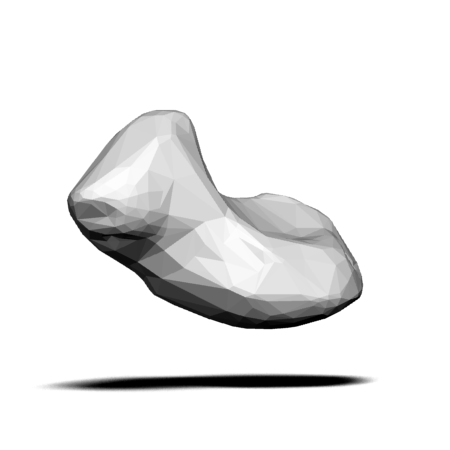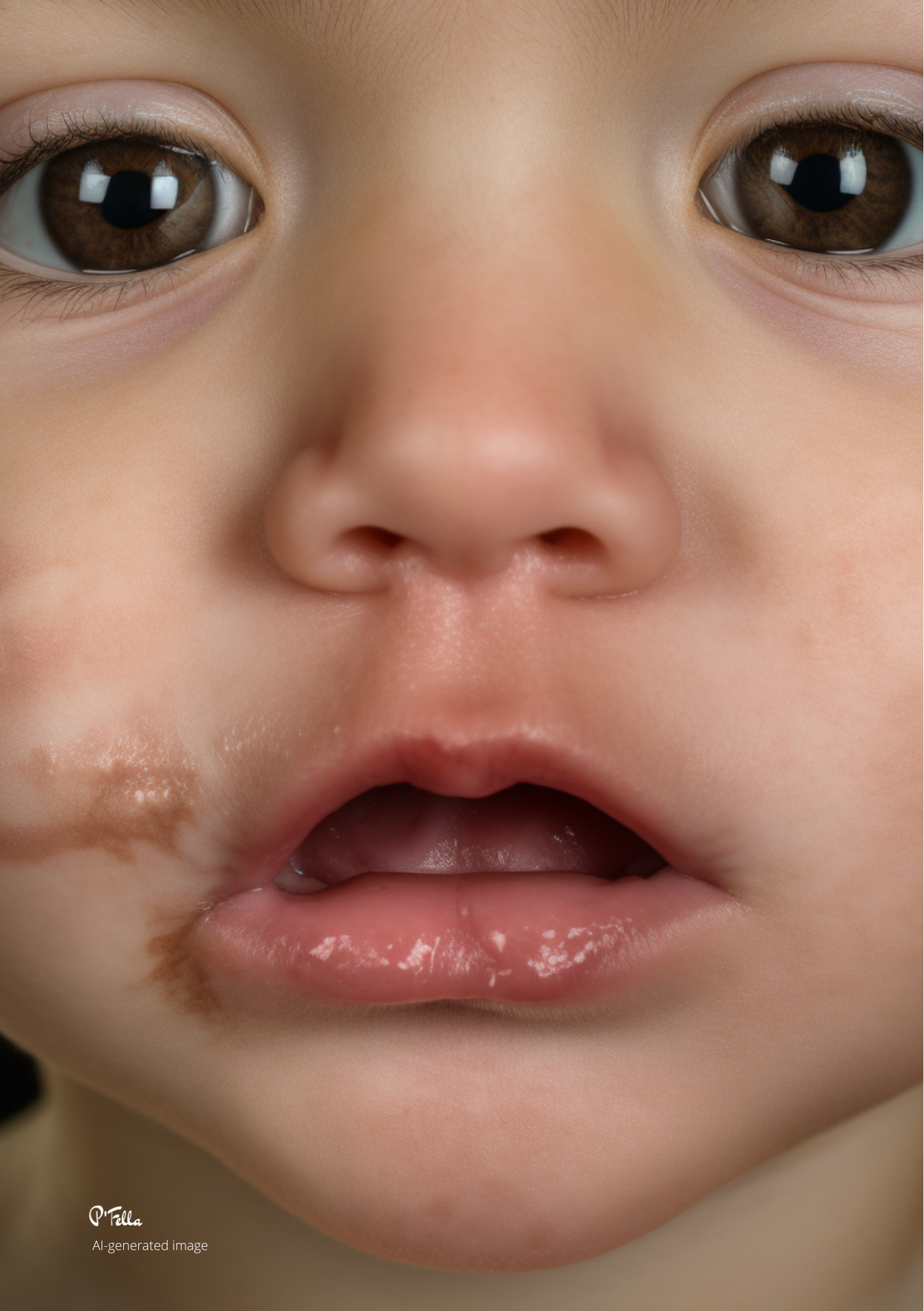In this week's edition
- ✍️ Letter from P'Fella
Smoking in the Operating Room 🚬 - 🤓 The Sunday Quiz
The scaphoid & its blood supply - 🎭 New & Upcoming
9 upcoming events to check out. - 📸 Image of the Week
AI-generated scar revision. - 🐣 Tweets of the Week
P'Fella's 3 favourite tweets - 🤔 Ask P'Fella
Tips to improve your surgical markings. - 📝 Articles of the Week
3 hot reads on sensation, antibiotics and carpal tunnel.
Deep dive: should we treat scaphoid fractures? - 💕 Feedback
Always looking to improve :)
BTW: You can ask P'Fella a question here.
A Letter from P'Fella
Smoking in the Operating Room 🚬
There's a smoky issue lurking in our operating rooms and it's becoming a surgeon's unintended cigarrete. Surgical smoke may be as bad, if not worse, than cigarettes. Let's dive in!
Read more 👇
Today, I'm diving deep into an issue that's been 'floating' around our operating rooms: surgical smoke. Thought your only encounter with smoke was when passing by that local cigar lounge? Think again.
A slew of evidence published has shed light on a surprising revelation: the smoke generated during surgical procedures could be as harmful, if not worse, than puffing on those notorious cigarettes.

What's in the Smoke?
Surgical smoke arises from operated tissues, releasing more than just visible fumes:
- Cellular Material: Contains both dead and live cells, risking disease transmission.
- Water Vapor: While abundant, the real concern lies in what's mixed with it.
- Chemicals: Houses over 80 harmful substances, including benzene and formaldehyde.
- Viruses & Bacteria: Certain procedures release viruses and possibly aerosolized bacteria.
- Odorous Compounds: The distinctive smell hints at various, sometimes carcinogenic, compounds.

What's the Impact?
Surgical smoke presents silent threats in the operating room. From the review "A systematic review of the harmful effects of surgical smoke inhalation on operating room personnel":
- Particle Size: Easily inhalable.
- Viral Presence: Contains viral DNA.
- Chemicals: Packed with carcinogens, often beyond safe levels.
Further, the study "Impact of Surgical Smoke on the Surgical Team and Operating Room Nurses" indicates:
| Category | Description |
|---|---|
| Carcinogenicity | Elevates cancer risks. |
| Mutagenicity | Potential for genetic changes. |
| Respiratory Diseases | Linked to various lung issues. |
| Pathogenic Spread | Can transmit HPV DNA and HBV. |
| Tumor Transmission | Risks moving tumor cells. |
Considering this, exhaust ventilation and protective measures are crucial. And ventilation works! Just check out the data above. Your thoughts on this subject? Hit reply and let's chat.
Lots of love,
P'Fella ❤️
The Sunday Quiz
The Scaphoid's Blood Supply 🩸
These vessels enter the scaphoid through distal half of the bone.

New and Upcoming
Educational Tools, Events & Courses

9 Upcoming Events
- World Reconstructive Microsurgery - 18th August
- New Zealand Plastics Annual - Queenstown, 18 August
- PLASTA Facial Rehabilitation - 30th August
- BAPRAS Celtic Meeting - Dunblane, 14th Sept.
- ASSH Annual Meeting - Toronto, 5th October
- BAPRAS Cleft Lip, Palate & EAR - Sheffield, 10th Oct
- European Hand Trauma Congress - Bulgaria, Oct 19.
- Plastic Surgery - The Meeting: Texas, 26th Oct
- BAPRAS Congress - 29th Nov
Image of the Week
AI-generated clinical images

Tweets of the Week
Don't forget to follow P'Fella!
A 🧵 of peer reviewed published scientific research where the authors left out a key coauthor 😉:
— Andrew Kean Gao (@itsandrewgao) August 10, 2023
“As an AI language model…” @MicrobiomDigest pic.twitter.com/AKvyIGyZq8
Crafting a medical illustration or animation? Elevate your work with our detailed 3D model of the appendix. Explore now: https://t.co/Nn7VX3DcAo #3dmodel #medical #appdevelopment #medicalanimation #science #meded #medstudents #appendix #vray pic.twitter.com/h0j3gzUWJQ
— SciePro (@SciePro) August 11, 2023
Is there a department out there that has used AI to create the perfect rota for a team of doctors so that there is both continuity and within working hours?
— David Naumann (@davidnnaumann) July 30, 2023
I think the human-designed rota templates are not good enough anymore and have destroyed teams/firms & continuity
Ask P'Fella
You ask, I'll answer
Hola, desde Mexico , soy residente de primer año y tengo mucho problema con lo de los marcajes preoperatorios , siento que necesito mejorar mi relación con el espacio y la orientación , hay videos de marcajes o algo que ayude..?
Translation: Hello, from Mexico, I am a first-year resident and I have a lot of problems with the preoperative markings, I feel that I need to improve my relationship with space and orientation, are there videos of markings or something that helps...?
First off, kudos for reaching out! We've all been there, and trust me, preoperative markings can be tricky at first. But with time and practice, it'll become second nature.
Here are some tips to help you out:
- Videos: Check out YouTube. There are tons of surgeons sharing their marking techniques for different procedures. It's a goldmine!
- Workshops: Keep an eye out for any local workshops or conferences. They often have hands-on sessions where you can learn from the pros.
- Find a Mentor: If there's someone at your place who's a whiz at markings, maybe shadow them for a bit? It's always great to learn from someone with experience.
- Simulators: There are some cool surgical simulators out there. They might help you get the hang of things.
- Back to Basics: A quick anatomy refresher never hurts. There are some cool apps out there that can help with this.
- Feedback: After you're done, ask someone to check your markings. It's the best way to learn.
Hang in there, and keep practicing. And remember, every surgeon started where you are now.
3 questions submitted in the last 24 hours...
Articles of the Week
3 must-read articles, 1 deep-dive! 📚
3 Must-reads
- Sensation in lower limb flap reconstruction
Kim et al. The Fate of Sensation in Noninnervated Perforator Free Flaps in the Lower Extremity. Plastic and Reconstructive Surgery 152(2):p 440-449, August 2023. - Decrease your use of antibiotics in hand surgery
McKay et al. Evidence-Based Antibiotic Prophylaxis in Clean Hand Surgeries: An Educational Intervention to Decrease Use. J Hand Surg Am. 2023 Aug;48(8):770-779. - Endoscopic carpal tunnel release, not a good idea?
Carroll et al. Endoscopic Versus Open Carpal Tunnel Surgery: Risk Factors and Rates of Revision Surgery. J Hand Surg Am. 2023 Aug;48(8):757-763.

How should we treat Scaphoid Fractures?
This study investigates surgical versus non-surgical treatments for scaphoid fractures, focusing on those with displacements of 2mm or less. The multicenter, randomized trial shows no significant difference in pain and function beyond 12 weeks, but surgical fixation can increase complications.


